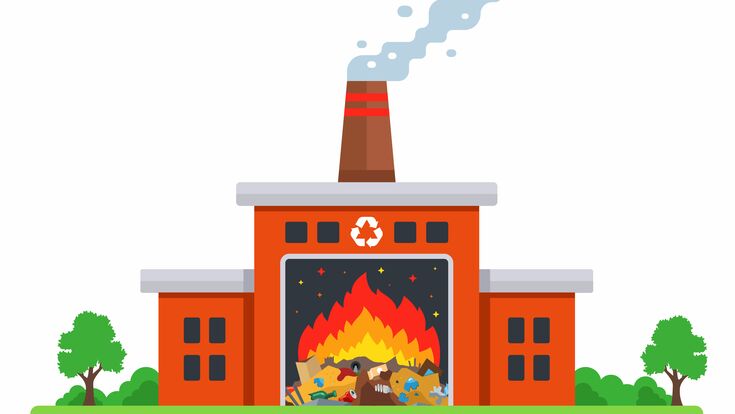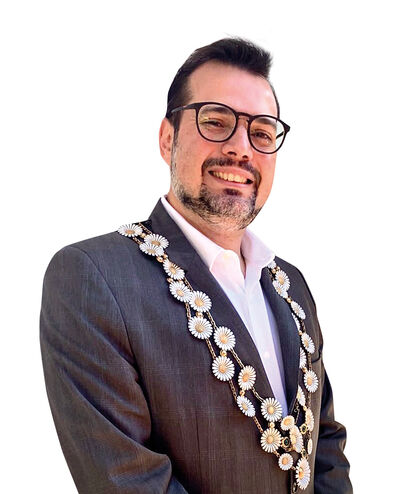Interview : ISWA President Carlos Silva Filho: “Waste to energy is still in its initial stages in Brazil”

How established is W2E as a method for treating waste in Brazil?
W2E is a waste treatment option recognised by Brazilian legislation, but it’s still in its initial stages in the country. The first plants on a commercial scale are in the construction phase and may be operational in two to three years.
What are the pros and cons of W2E in Brazil?
The positive aspects are its legal recognition as an acceptable method for treating non-recyclable waste, its recognition as a renewable energy in the country’s strategy and the access to the best technology providers from different parts of the world.
The negative aspects are the high costs, lack of funds for investment and operation, and some social opposition to this type of solution.
What is the legal situation?
The issue is well regulated in Brazil.
Is it hard to start a W2E project?
There are several preparatory steps to be taken beforehand, such as developing a preliminary technical and economic feasibility study, preparing the bidding process towards a long-term contract and obtaining the environmental permits. All these together can take three to five years to be accomplished.
How strict are the environmental regulations?
Most of the state regulations in Brazil follow European standards in terms of procedures and emissions.
Interesting topic? Read more about Waste to Energy here and here!

Are there financial incentives for promoting W2E?
There are a number of incentives for including this type of energy in the grid, such as reduced taxes and better prices.
How many W2E projects are there – in operation or planned?
There are none in operation and four in the planning/licensing phase.
How many would be necessary?
We don’t have that kind of estimate. The Brazilian territory is very extensive and the country is still fighting to close open dumps, so we believe W2E is a possibility for some specific locations where there’s land scarcity for new waste disposal plants, enough waste generation to make it feasible and enough money to pay for it.
Critics argue that W2E hinders the increase of recycling rates. How do you see that?
Some research shows exactly the opposite: places where W2E is operating have the highest recycling rates because there are several materials to be diverted upfront in order to get the plant running smoothly. I do not believe that this is a consistent reason to prevent W2E from being adopted.
How high are the recycling rates in Brazil?
Recycling rates in Brazil are very limited for the time being: 3-4%. However, a new National Solid Waste Strategy has set an ambitious target: to recover 35% of waste through recycling (mechanical and biological) by 2040.
How well accepted are W2E plants by the population?
There is some scepticism among many people, mostly because of the myths that have been disseminated in the past (about dioxins, furans, uncontrolled burning methods, etc.).
Does the government promote W2E?
The government doesn’t show a preference for any specific technology, but provides adequate conditions for all of them to succeed in the country. Currently, the most important issue is to ensure the closure of all open dumps that are still in operation and replace them with adequate alternatives, of which W2E is one.
How is waste management organised in Brazil – by the government or by municipalities?
Municipalities are directly responsible for organising and implementing municipal solid waste management services, which can be delivered directly by a public company or via contract with the private sector. Currently, most of the operations (around 70%) are delivered by private companies, through short-term contracts (for a maximum of five years) signed with the individual local authorities.
A new federal regulation has been in place since July 2020 that directs municipalities to prepare and implement long-term contracts (of 25-30 years) when dealing with sanitation services (provision of water, sewage treatment, waste management and drainage operation) and also to establish regional solutions to deliver these kinds of services. So change is about to come, providing good governance and attractiveness for new projects to be implemented.
How do you see the role of W2E in a circular economy?
Considering that a final sink is always necessary for any waste management system, W2E can play this role and provide a source of renewable energy which can be used for different purposes and consumers, including the industrial sector, closing the loop from the energy perspective.

